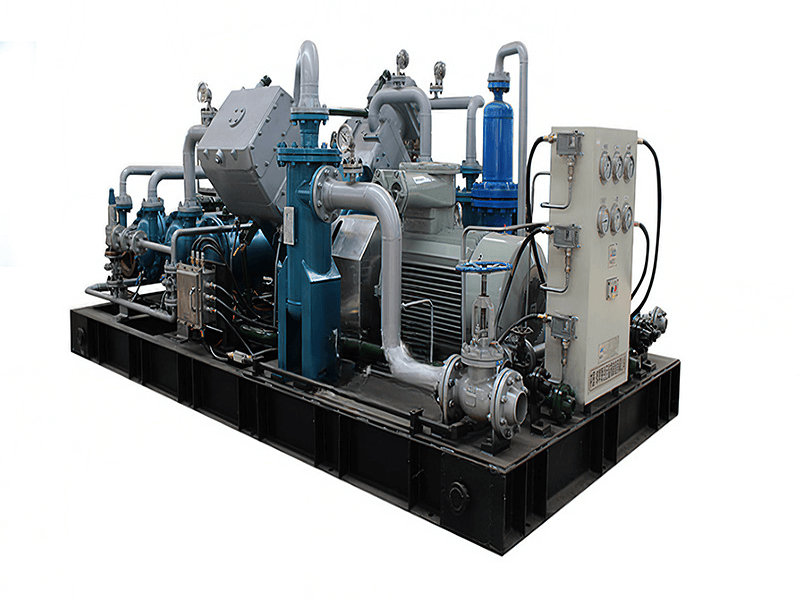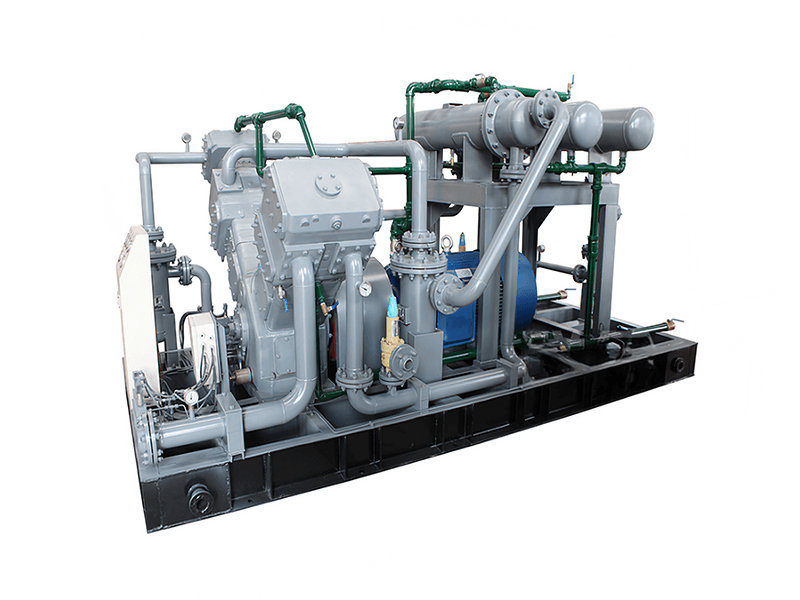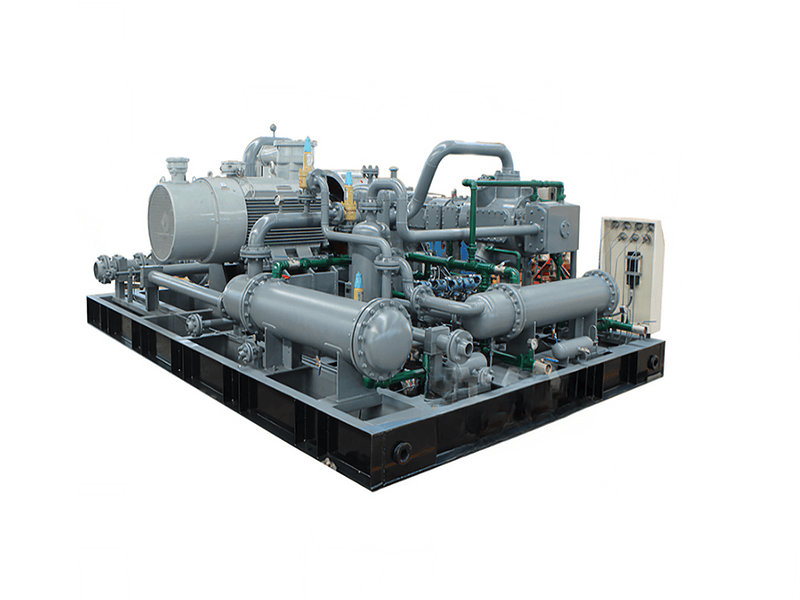Natural gas recovery refers to the process of extracting natural gas from underground reserves or formations and bringing it to the surface for commercial use. It involves various techniques and technologies to locate, drill, and produce natural gas from subsurface deposits.
The process of natural gas recovery typically involves the following steps:
1. Exploration and Surveying: Before drilling, exploration activities are conducted to identify potential gas-bearing formations. This may involve geological surveys, seismic imaging, and analysis of geophysical data to locate areas with the highest likelihood of containing natural gas.
2. Drilling: Once a suitable location is identified, a well is drilled into the gas-bearing formation. Drilling techniques can vary depending on the depth and characteristics of the reservoir. The well is typically cased and cemented to provide structural integrity and prevent any unwanted fluid migration.

3. Reservoir Evaluation: After drilling, reservoir evaluation techniques are employed to assess the characteristics of the gas reservoir. This involves measuring parameters such as reservoir pressure, gas composition, and rock properties to determine the potential productivity of the well.
4. Gas Production: Once the well is completed, production techniques are used to extract the natural gas from the reservoir. This can involve the use of pumps, natural gas compressors, or other methods to lift the gas to the surface. The gas may flow naturally due to reservoir pressure or may require artificial lift methods such as gas lift or pump-assisted lift.
5. Surface Processing: After the gas reaches the surface, it undergoes various processing steps to remove impurities, such as water, contaminants, and other hydrocarbons. Processing facilities can include separators, scrubbers, dehydration units, and other equipment to refine the gas and meet specific quality standards.
6. Transportation and Distribution: The processed natural gas is then transported via pipelines or other means to markets and distribution networks. It may be further processed, compressed, or liquefied for long-distance transportation or local distribution to end-users.
Natural gas recovery is a complex and technologically advanced process that requires expertise in geology, drilling, reservoir engineering, and production operations. It plays a crucial role in meeting energy demands, providing fuel for power generation, heating, industrial processes, and serving as a feedstock for various industries.
Methods for natural gas recovery
There are several methods used for natural gas recovery, each tailored to the specific geological characteristics of the gas reservoir. Here are some common methods:
1. Conventional Drilling: This method involves drilling vertical or slightly deviated wells into a gas reservoir. If the reservoir has sufficient pressure, the gas can flow naturally to the surface. In cases where the reservoir pressure is inadequate, pumps or natural gas compressors may be used to lift the gas to the surface.
2. Hydraulic Fracturing (Fracking): Hydraulic fracturing is used to extract natural gas from shale formations or tight sandstone reservoirs. It involves injecting a high-pressure fluid, typically water mixed with chemicals and proppants, into the reservoir to create fractures in the rock. The proppants (such as sand) hold the fractures open, allowing gas to flow more freely.
3. Enhanced Gas Recovery (EGR): EGR techniques are employed to increase the recovery of natural gas from depleted or low-pressure reservoirs. These techniques include gas injection methods such as gas cycling, gas repressurization, or gas displacement using carbon dioxide (CO2) or nitrogen (N2). Injecting gas into the reservoir helps maintain pressure and displaces additional gas, improving overall recovery.
4. Coalbed Methane (CBM) Extraction: Coalbed methane is extracted from coal seams using techniques similar to conventional drilling. Water is typically pumped out of the coal seam, which reduces the pressure and releases the trapped methane. This method often requires dewatering and can involve techniques like hydraulic fracturing to enhance gas release.
5. Underground Coal Gasification (UCG): UCG is a process where coal is gasified in situ underground, generating synthetic gas (syngas) that consists primarily of methane. The syngas is then extracted and processed for use. UCG allows for the recovery of natural gas from coal reserves that are not economically viable for traditional mining.
6. Offshore Gas Recovery: In offshore environments, natural gas recovery involves drilling wells from platforms or subsea locations. Techniques such as subsea completions, floating production systems, and gas compression facilities are utilized to recover and process gas from offshore reservoirs.
7. Gas Hydrate Recovery: Gas hydrates, which are ice-like structures containing trapped natural gas, are found in certain low-temperature and high-pressure environments, like permafrost regions or deepwater sediments. Developing techniques for the recovery of gas from hydrate deposits is an active area of research and includes methods such as depressurization, thermal stimulation, and chemical injection.
It's important to note that the choice of recovery method depends on factors such as reservoir characteristics, cost considerations, environmental considerations, and regulatory requirements. The selection of the appropriate method is based on a comprehensive analysis of the reservoir's geology, fluid properties, and economic viability.


























